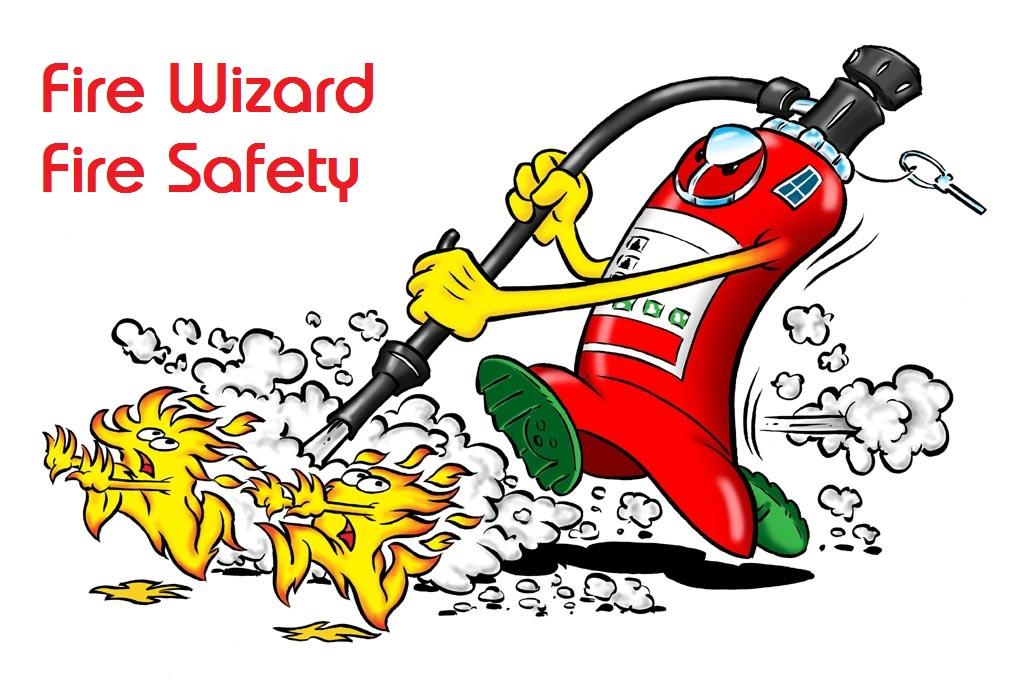-
Posts
2,704 -
Joined
-
Last visited
Everything posted by AnthonyB
-
Current benchmarks would require FD30S. The external door does not need to be a fire door unless an external escape route is nearby
-
If it's still under construction I suggest you contact your Local Authority Building Control department to have a look.
-
Depending on the country they may follow NFPA standards as oppose to BS - or nothing much at all!
-
Depending on the country they may follow NFPA standards as oppose to BS - or nothing much at all!
-
All on here: https://www.hse.gov.uk/pubns/books/index-catalogue.htm Look for publications on LPG storage, HFL storage in tanks & DSEAR
-
As you should have gone through Building Control for this work they should have told you before signing it off. If you have been naughty and just gone ahead you need to get them in to regularise the work at which point they will tell you of any extra work needed. If you don't you don't only just risk prosecution you will find you have trouble when selling if the buyers surveyor & solicitor is in any way competent plus insurer's will love the get out of paying grounds too. I assume you haven't obtained planning permission as it's covered by permitted development - however too many people don't realise that whilst permitted development avoids the need to go through planning it absolutely does not avoid the need for Building Regulations approval. You are unlikely to have to change the rest of the house though, they will only look at the extension and where it joins the original house as the building work shouldn't change/affect the rest of the premises.
-
If the commercial unit does not have it's own self contained fire alarm system and is merely a zone off the common system then the freeholder has control over it - however the retail freeholder should have carried out an FRA and realised they need the call point and paid the freeholder to fit one. The freeholder will have put the detector in to protect the flats so could argue they have met their obligations whilst minimising false alarm risk - the retail unit may not, taken in isolation, be big enough to require a fire alarm system and the heat detector is only there to protect relevant persons in the rest of the building (flats above)
-
Unless it's specialised housing where the next level up is often required this would suffice as it's to the 1988 regulations.
-
Depends on what rights of access there are and if it falls under the Party Walls legislation. First port of call would be a property dispute solicitor and surveyor after checking for any access rights in leases, deeds, etc. Depending on the situation you may have legal remedy.
-
This is the guidance the pipeline has to comply with to be accepted in the stair: https://www.hse.gov.uk/pubns/priced/l82.pdf
-
It's a part 6 system that serves no purpose other to draw people into a smoke filled stair, usually these are either withdrawn or replaced with a compliant full evacuate system (i.e. sounders and detectors in flat lobbies) depending on the results of the FRA. You can't build a compliant Part 1 system using Grade D equipment so it can't be categorised as such.
-
You would need to approach your Local Authority Building Control - they may require compensatory measures such as a residential sprinkler system or an LD1 alarm system (linked detectors in all rooms other than the bathroom as well as the landings). In your application you need to demonstrate how your plans will not lower the level of safety beyond existing measures and those following the default configuration under Building Regs Guidance. It's down to the individual Building Control authority on a case by case basis so all you can do is ask them.
-
I've come across this too, sometimes I've pushed back citing guidance and been successful, other times I've gone ahead and after 15 minutes given in and reset the alarm as no one bothered to come out.... If it's a staffed site there may be some benefit for them to practice even if no one else takes part.
-
Yes if installed correctly. No stamp, no good. The same applies in Health & Safety for glazing that, due to location, has to be toughened or laminated against impact, no mark, no good.
-
Depends on the size - a heat detector on it's own will not activate in time to save the life of the occupier. The usual trend is a heat over the kitchen area and an optical smoke (not ionisation smoke) over the sleeping area located as far from the kitchen whilst not being closer than 30cm to the wall. I've been to many sites with studios that do it this way and report no issues.
- 34 replies
-
- flats
- self contained
-
(and 1 more)
Tagged with:
-

Fire Action Notices - A Legal Requirement?????
AnthonyB replied to Hayfever's topic in Fire Safety Signage
British Standards are not law (unless of course a statute specifically requires conformity to them) but are often used as benchmarks to judge what is suitable. Compliance with a BS implies (but does not guarantee) compliance whereas not following it requires you to demonstrate why what you are doing instead is still safe (which is sometimes possible). For example if you just did basic in house checks every week or month and a thorough check say just once a year and all your doors were in good order you are unlikely to face enforcement action even if you aren't following the BS. This may however change for buildings containing two or more dwellings as the guidance (& the BS it refers to) is being given back door statutory status by changes in the Fire Safety Act. -
Yes - the doors are to protect the stair in case the rest of the occupiers ultimately need to leave, to prevent spread to other parts of the building and to aid the fire service by having safe access. Whilst you are fortunate to have a second exit the other floors don't. The front door is as much to protect others than protect you.
-
It shouldn't be a legal compliance/life safety issue however you may consider it a property protection/business continuity issue. If they are not doing hot works then the risk should be the same as any night, just ensure you have a more rigorous application of an evening shut down regime so that all heat sources are checked and isolated, equipment switched off and unplugged, etc - all the usual risk reduction measures . As some schools are at risk of arson out of hours ensure security is tight. If you are really concerned you could have a fire watch over night so a fire can be identified and tackled early.
-
England/Wales - No, possibly and No. Scotland - Yes, possibly and No Assuming England/Wales Every premises, including buildings containing two or more dwellings, have to comply with the Fire Safety Order (only the actual dwellings are exempt) the cornerstone of which is the Fire Risk Assessment. Smoke alarms/Fire Alarm Systems depend on whether it's purpose built or a conversion, the former often don't require them as the common areas are risk free and each flat is a fire resisting 'box' with only the flat on fire needing to leave. Conversions (& in some specific situations purpose built flats as an exception rather the norm) usually require full alarm systems. Where a block of flats has a smoke vent system it will have smoke detectors attached, but as it's not an alarm system you wouldn't expect sounders or call points. Fire doors - Flat front doors should be (& this is the case for the best part of 60 years) fire doors
-

When selling flat, do I need a fire risk assessment?
AnthonyB replied to a topic in Fire Risk Assessments
Have there been any significant changes since 2015? If not it should suffice with a review appended confirming that the premises are unchanged and any protective measures are still being maintained which you should be able to do yourselves -
It's not compliant with current legislation - there MUST be a smoke alarm in the hall & landings (or equivalent for open plan) of a rental premises. An optical detector is less sensitive to cooking than the ionisation ones and it should be spaced as far away from the kitchen bit as possible whilst still meeting spacing requirements. Hundreds of new build open plan flats manage to do this every year so it's not a problem.
-

Fire Alarm & detection in Tennis Clubhouse
AnthonyB replied to murray mckay's topic in Fire Risk Assessments
Size and layout will determine if it actually needs anything at all, it doesn't sound like it needs much at all I'd need to see the plans or a sketch. -
The manufacturer's current data sheet is here, it shows it's electrically safe: https://www.britannia-fire.co.uk/wp-content/uploads/2019/05/P50-F-Class.pdf
-
This work may require Building Control approval in which case they would advise. However, in principle, if you are maintaining the correct thickness and layering of the correct plasterboard, suitably fixed, it should be OK
-
What are the travel distances to the final exit, is there more than one exit? Depending on size a protected route may not be required and the partitioning is purely functional

